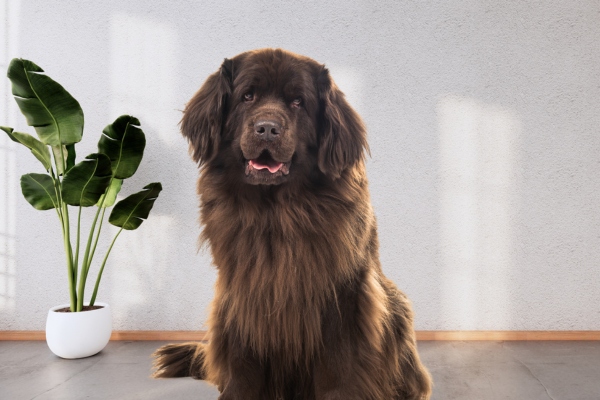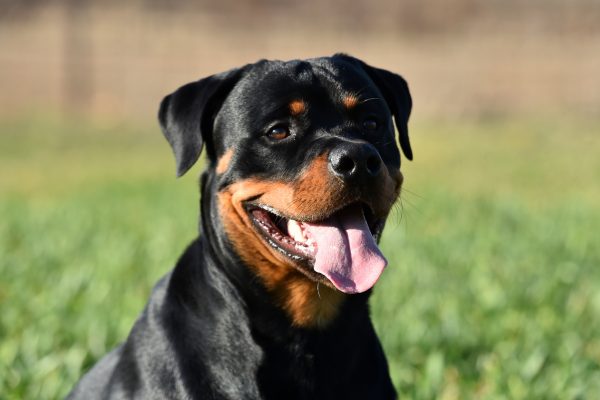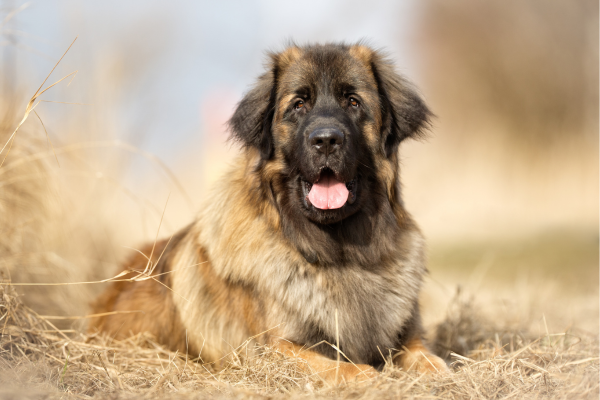Petcover is proud to partner with Pet Stays Melbourne!
Award-Winning Dog Boarding, Doggy Daycare & In-Home Pet Care with Pet Stays Melbourne
Read more18 September 2024
Living with a large, boisterous dog can be an incredibly rewarding experience. However, whilst a big dog can be perfect for many people, potential owners should be aware of many different considerations including health problems and reduced life expectancy of many large breeds.
Petcover takes a look at 8 of the most popular big dog breeds and what you need to consider if you’re considering purchasing one.

Newfoundlands are large, strong dogs who can make a great family pet. Originally used as a working dog to pull fisherman’s nets or wood for lumberjacks, they are brilliant swimmers.
The rupturing of the Arteria Cruciate Ligament can sometimes occur in the breed. Depending on the degree of severity, such injuries can result in surgery, making having the right dog insurance vital.
More dangerously, Newfoundlanders can sometimes suffer from Gastric Torsion. This is a life-threatening condition whereby the stomach stretches due to an increase in gas and can result in the stomach twisting. It is predominantly found in large, deep-chested dogs.

The Great Dane is a beautiful and regal dog who holds an aura of nobility as a result of his tall stature of up to 86cm. They are something of a gentle giant and love spending time with people.
Whilst their size was an asset for their original purpose as hunting dogs, it can be a detriment to their health. As well as suffering from Gastric Torsion like the Newfoundland, the Great Dane is also at higher risk of bone cancer than small dogs. Symptoms include lameness which, if you notice in your Great Dane, means you should take them to the vet immediately.

The size of this enormous dog (86cm) made it perfect for its traditional roles of hunting and pulling men off their horses in wars. Today, this shaggy-haired dog can make an ideal pet for many thanks to their ability to form deep bonds with their owners and their desire to be included in all aspects of family life.
Due to the Irish wolfhound’s size, it too can be prone to suffering from bone cancer, elbow dysplasia and hip dysplasia. Other conditions that can affect wolfhounds include heart disease caused by the heart muscle becoming thin and being unable to contract properly.

The Bernese mountain dog is a Swiss dog whose size of up to 68cm, makes this breed perfect for their traditional roles of helping herd cattle and pulling carts. With long hair and a sweet-natured disposition, they are a warm and welcoming pet.
Bernese are a comparatively healthy large breed of dog, but owners should note the possible conditions that can result from its size. Such conditions include Elbow Dysplasia, which is a degenerative disease sometimes found in large-breed dogs.

The Rottweiler is a medium to large size breed that originated in Germany, where it was used to drive cattle and pull carts for farmers and butchers. They are physically and mentally tough, but require careful training to respect their owner as “pack leader”.
Rottweilers are one of the breeds most affected by hip dysplasia. This condition can range from mild to severe. Severe cases are extremely painful and often require surgery to correct. Rottweilers are also among the breeds that suffer from a congenital heart condition called Aortic Stenosis.

A cross between a Newfoundland, a Saint Bernard and Great Pyrenees it’s no surprise that the Leonberger can grow up to 80cm tall. They, like many other big breeds of dog, love being around people and need roughly an hour of exercise a day.
As well as hip dysplasia, the Leonberger’s size increases the risk of being afflicted by Panosteitis (bone inflammation). This is when the large bones in the legs of young dogs become inflamed, making it painful for the dog to walk or move around. With Leonbergers, as with all dogs, it’s vital to have the right dog insurance to ensure your pet is covered and you can enjoy your time owning a large dog.

Gundogs were bred to flush out, locate or retrieve game shot down by hunters. They are usually highly trainable, keen to please and have a balanced, pleasant temperament.
Some of its minor health problems include hypothyroidism, sub-aortic stenosis (SAS), eye disorders, elbow dysplasia, mast cell tumours, and seizures. Osteosarcoma is also occasionally seen in Golden Retrievers. Other major health concerns for the breed include lymphoma, canine hip dysplasia (CHD), hemangiosarcoma, and skin problems.
To identify these conditions early, a veterinarian may recommend heart, hip, thyroid, eye, or elbow tests during routine check ups.

This fairly large hunting dog of stature of up to 66cm has an abundance of energy and stamina. Ideally, it would require more than two hours exercise every day with plenty of free running.
This breed is prone to minor health concerns like gastric torsion, hypothyroidism, canine hip dysplasia (CHD), Osteochondrosis Dissecans (OCD), von Willebrand’s Disease (vWD), entropion, and pannus, and major issues such as lymphedema. Other problems that can be occasionally seen in the breed include cardiomyopathy, ectropion, and progressive retinal atrophy (PRA).
To identify some of these issues, a veterinarian may recommend regular thyroid, hip, cardiac, and eye exams, and tests to verify vWD.